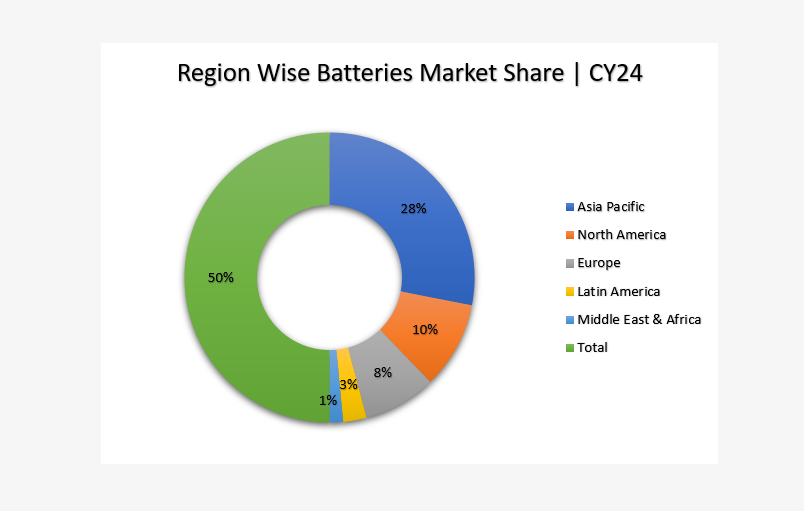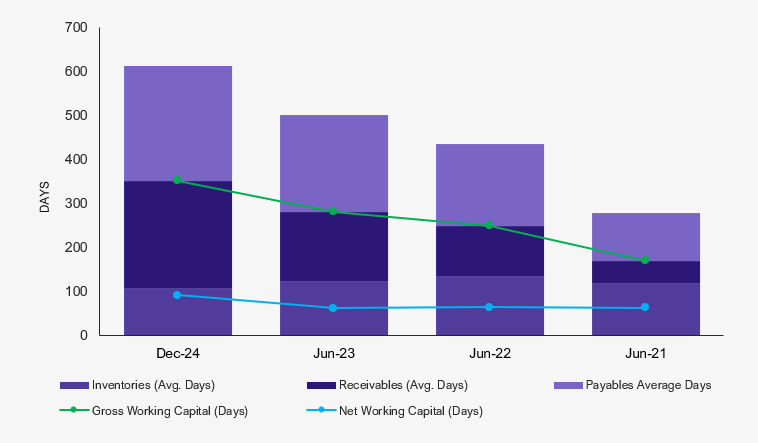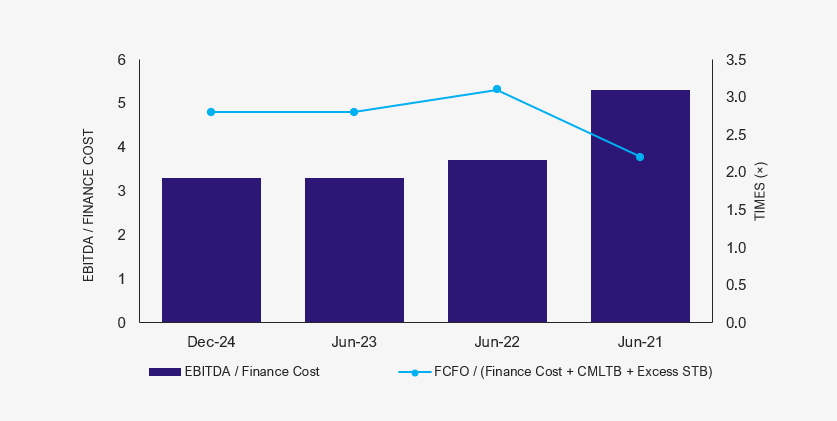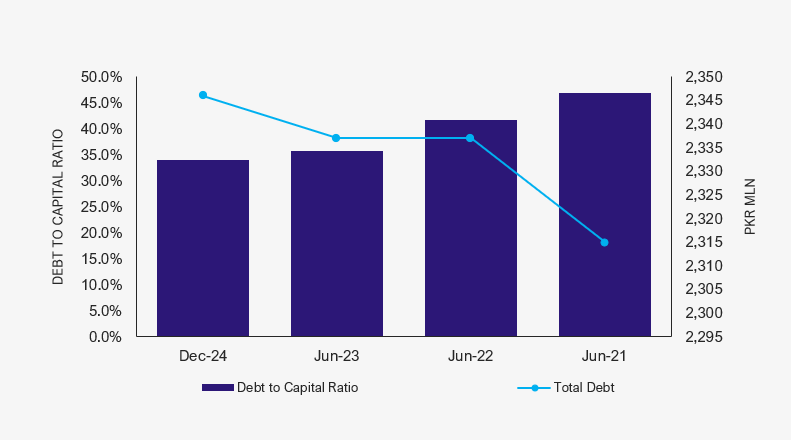Profile
Legal Structure
Malik MIJ Chunxing Resources Recycling Co. Limited (MMC or 'the Company') is a public unlisted company. The registered office of the Company is
situated at Building # 08-CCA1, 3rd Floor, Street # 23, Phase 6, DHA, Lahore, Pakistan, and its plant is located at Faisalabad Industrial City Plot No. 50, Sahianwala
Interchange, District Faisalabad, Punjab.
Background
The company was incorporated in Pakistan on August 05, 2014, as a private limited company under the Companies Ordinance, 1984 (Repealed with the
enactment of the Companies Act, 2017 on May 30, 2017) vide the certificate of incorporation no.009145. Subsequently, it was converted into a public limited Company
on July 08, 2015.
Operations
The Company is principally engaged in the business of recycling & disposal of used lead acid batteries, lead plates, lead paste, and powder as well as
manufacturing and sale of bullion and refined lead. The intsalled capacity to produce refined lead is 50,000 tons per annum.
Ownership
Ownership Structure
The Company is jointly ventured by Jiangsu New Chunxing Resource Recycling Co., MIJ International, and Mr. Babar Waheed Malik. Jiangsu
New Chunxing Resource Recycling Co. having 45.82% of the share, is incorporated outside Pakistan and the company's registered address is "Circular Economy
Industrial Park, Pizhou, Jiangsu province, China". MIJ International is also incorporated outside Pakistan and the company's registered address is "Unit No.2609 JBC5
Plot # JLT-PH2- WIA, Jumeirah Lakes Towers, Dubai-UAE" and has 18.67% shareholding. The remaining 35.5% of the shareholding is divided equally among Mr.
Babar Waheed Malik (CEO) and Mr. Saeed Rafiq
Stability
The associated company ‘Jiangsu New Chunxing Resource Recycling Co., Ltd’ has experience of 3 decades in producing and refining secondary lead. It comes
under the umbrella of Jiangsu Chunxing Alloy Group Co., Ltd, a company with over 40 years of experience in processing ULAB (Used Lead Acid Battery). The other
sponsor is MIJ International with a decade of experience in trading, processing, and producing ferrous and non-ferrous metals.
Business Acumen
The sponsors of the Company have substantial experience in global metal trading and the recycling & disposal of used lead acid batteries, lead plates, lead paste, and lead powder
industry.
Financial Strength
Jiangsu New Chunxing Resource Recycling Co., Ltd is a top-ranked recycling company in China with over 40 years of experience in processing
ULAB (Used Lead Acid Battery). The present ULAB treatment capacity is 1 million MT/annum and the secondary lead output capacity is 600,000 MT/annum. MIJ
International is a Dubai-based metal merchant specializing in trading, processing, and production of ferrous and non-ferrous metals. MMC has an equity base of PKR 4.5bln as of Dec-24.
Governance
Board Structure
The Company’s board consists of five members, including four non-executive directors. Mr. Babar Waheed serves as the chairman of the board. Board meetings are held as needed, and no committees have been formed. Additionally, there is no formal policy for recording board minutes. Voluntary compliance with the Code of Corporate Governance could provide additional benefits.
Members’ Profile
Mr. Babar Waheed is the Company's Chairman and a seasoned business professional with extensive entrepreneurial experience in both UAE and
Pakistan. All other members are well qualified with considerable Lead recycling business experience and a diversified skill mix.
Board Effectiveness
MIJ board is more of an advisory nature as all members on average possess 30 years of experience. The board has no formal committees but all
members are involved in and ensure their input in the decision-making process.
Financial Transparency
Hassan Farooq & Co., Chartered Accountants are the external auditors of the Company. The firm is QCR-rated. They gave an unqualified
opinion on the company’s financial statements for the year ended June 30, 2024. To futher enhance the transparency, it is recommended that MMC should consider to engage external auditors which belongs to the State Bank of Pakistan (SBP) category.
Management
Organizational Structure
The Company has an adequate Organizational structure. The departments are mainly divided into two categories under the umbrella of CEO; (I)
Accounts, Tax & Finance department supervised by Mr. Haider Abbas (CFO) & (II) Production and Operations managed by Mr. GUO (GM Operations).
Management Team
Mr. Babar Waheed (CEO) leads the management team. He has been associated with the lead business for the last 27 years and has played a key role
in the success of the Company. Mr. Haider Abbas is the CFO he is a fellow member of association of certified chartered accountants and posseses ample industry and professional experience.
Effectiveness
The Company has no management committees in place. However, senior management members meet on a daily basis to discuss ongoing issues and plans.
MIS
The Company has implemented two software, one is SQL web-based and the other one is Chinese software, convertible into two languages at a time.
Control Environment
The management has a strong control environment within the Company supplemented by a robust quality control system for its production
processes. Additionally, the Company has technical collaboration agreements with international firms to ensure that quality standards are adhered to.
Business Risk
Industry Dynamics
During CY24, the global batteries sector was valued at USD~146.2bln (CY23:
USD~125.4bln), a YoY increase of ~16.5%.
In terms of regions, the Asia Pacific batteries sector reached to USD~82.3bln in
CY24 (CY23: USD~70.4bln), a YoY increase of ~16.9%. Asia Pacific region
contributed ~56.1% to the global batteries market share during CY24.
In terms of industries, the automotive industry accounted for the majority share of
the batteries sector during CY24. The anticipated rise in the demand for lithium-ion
batteries in the end-use segment for passenger cars is expected to be supported by
rising awareness about the benefits offered by electric vehicles operating in regions
like Asia Pacific, Europe, and North America.
The global batteries sector is expected to reach to USD~680.9bln by CY34. The
growth rate of the market is expected to increase over the forecast period, owing to
increased demand for Electric Vehicles (EVs). The rapid growth of the EV market
represents an important driver for expanding the global batteries sector. EVs are
vehicles that run on electric motors, meaning they use batteries to store and supply
energy for propulsion. As of Dec’24, prices stood at USD 1,985/MT, with a further decline expected amid rising supply and weak Chinese demand.The demand for local recycled lead is closely tied to energy
deficits and trends in the auto sector. In FY24, lead-acid battery production
volume experienced a slight year-over-year decline due to reduced demand
stemming from the economic slowdown. However, in the first half of FY25, demand
rebounded as macroeconomic conditions stabilized, driven by the growing
adoption of solar energy solutions and a recovery in the automobile sector.
Chart 1: Global Market Share

Relative Position
The organized lead smelting segment is dominated by MMC, other players includes International Metal Industries (Pvt.) Ltd, Metpak Industries (Pvt.) Ltd.
Revenues
During FY24, the topline of the Company recorded at ~PKR 25bln (FY:23 ~ PKR 20.3bln) reflecting an increase of ~26%. This increase was primamrily attributed to price inflation and improved prodcution volumes. Capacity utilization was reached at ~74% in FY24 (FY23: 69%). During 6MFY25, the revenue stood at PKR 9,864 mln, reflecting a decline of ~21.4% YoY (FY24: PKR 25,098 mln). The drop was primarily due to lower sales volume due to cylicality effect as in winters demand and sale of lead acid battery remains at lower side. Exports contributed ~36% of total revenue, providing a hedge against inflation and exchange rate fluctuations.
Graph 1: Profitability Matrix

Margins
The Company's gross margin improved to 8.2% in 6MFY25 (FY24: 8.0%, FY23: 6.8%), driven by better cost efficiencies. Meanwhile, the net margin stood at 3.2% (FY24: 3.2%, FY23: 1.4%). Net profit reached PKR 320mln in 6MFY25 (FY24: PKR 808 million, FY23: PKR 289 million), benefiting from price adjustments and currency stabilization, leading to foreign exchange gains.
Sustainability
The company has a strong clientele in Pakistan as well as a wide network of resources and clientage through its associated companies' strong positions in
leading markets all around the world. Moving forward MMC also has an expansion plan to enhance its capacities from 50,000MT to 75,000 over the period of three years. The management has a proper budgeting and forecasting function in place, and it was observed that the Company's performance was aligned with the forcasted financial projections.
Financial Risk
Working capital
During 6MFY25, inventory days stood at 108 days, reflecting an improvement from 124 days in FY24 and 135 days in FY23. Trade receivable days increased to 245 days (FY24: 158 days, FY23: 115 days), leading to a gross working capital cycle of 353 days (FY24: 282 days, FY23: 250 days). Net working capital days stood at 92 days, indicating a stretched working capital cycle. The short-term trade leverage stood at 17.1%, providing adequate room for further borrowing.
Graph 2: Working Capital Cycle

Coverages
he Company generated FCFO of PKR 627 million in 6MFY25 (FY24: PKR 1,474 million, FY23: PKR 1,368 million). However, the interest coverage ratio declined to 3.3x (FY24: 3.3x, FY23: 3.7x), reflecting higher finance costs. Similarly, the debt coverage ratio stood at 2.8x (FY24: 2.8x, FY23: 3.1x), while the debt payback ratio remained stable at 0.0x.
Graph 3: Financial Coverages

Capitalization
The Company maintains a leveraged capital structure, with a total borrowings-to-equity ratio of 34.0% in 6MFY25 (FY24: 35.6%, FY23: 41.7%), improving due to higher net equity from retained earnings. Short-term borrowings accounted for ~99.5% of total borrowings, standing at PKR 2,335 million in 6MFY25.
Graph 4: Capital Structure

|
